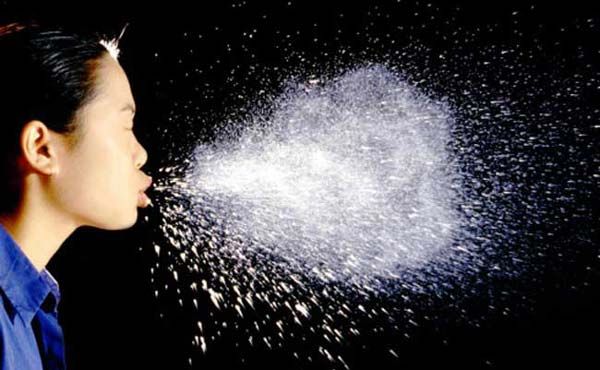Sneezes begin when a tickling sensation in nerve endings tells the brain that there s something irritating the inner nose lining that needs to be gotten rid of

Sneezes and the Tickling Sensation in Nerve Endings

We all know the feeling: a sudden tickling sensation in our nose, followed by the explosive release of a sneeze. Sneezing is a natural reflex that helps our body rid itself of irritants, but have you ever wondered why we sneeze in the first place? It all begins with nerve endings and their ability to detect and communicate discomfort to our brain.
When a sneeze is triggered, it occurs because there’s something irritating the inner lining of our nose. This irritation is detected by nerve endings located within our nasal passages. These nerve endings are incredibly sensitive and can be activated by a variety of irritants, including pollen, dust, pet dander, or even spicy foods.
As soon as the nerve endings detect an irritant, they send signals to the brain through the trigeminal nerve. This nerve, responsible for sensations in the face and nose, plays a crucial role in the sneezing process. Upon receiving the signals, the brain interprets the information and initiates the sneezing reflex to expel the irritant from the body.

The tickling sensation experienced in our nose is a result of the nerve endings’ response to the irritant. It’s the body’s way of alerting us that there’s something amiss and needs immediate attention. Once the brain receives this message, it triggers a series of actions to prepare for the sneeze.
The sneeze begins with a deep inhalation, allowing a significant amount of air to enter our lungs. This intake of air helps build pressure within the chest cavity. Simultaneously, the muscles in our face and throat contract to further increase the pressure. Finally, all this pent-up pressure is released explosively with a forceful expulsion of air through our mouth and nose.
Sneezing is not only a reflex to expel irritants; it also serves a vital role in keeping our respiratory system healthy. By forcefully expelling air, sneezing helps clear our nasal passages, removing any accumulated mucus, irritants, or foreign particles. This cleansing action prevents potential damage to the delicate tissues within our nose and helps maintain a clear and unobstructed airway.
Although sneezing may seem simple, the intricacies behind this reflex are fascinating. From the initial tickling sensation in the nerve endings to the coordinated actions of the brain and muscles, it’s a remarkable display of our body’s ability to protect itself from harm.
In conclusion, the tickling sensation in our nerve endings acts as the initial signal to the brain that something irritating the inner nose lining needs to be eradicated. Sneezing is a reflex designed to expel irritants and promote a healthy respiratory system. Understanding the science behind sneezes reminds us of the intricate mechanisms at work within our bodies.
Source: Library of Congress
Share
Related Posts
Quick Links
Legal Stuff

